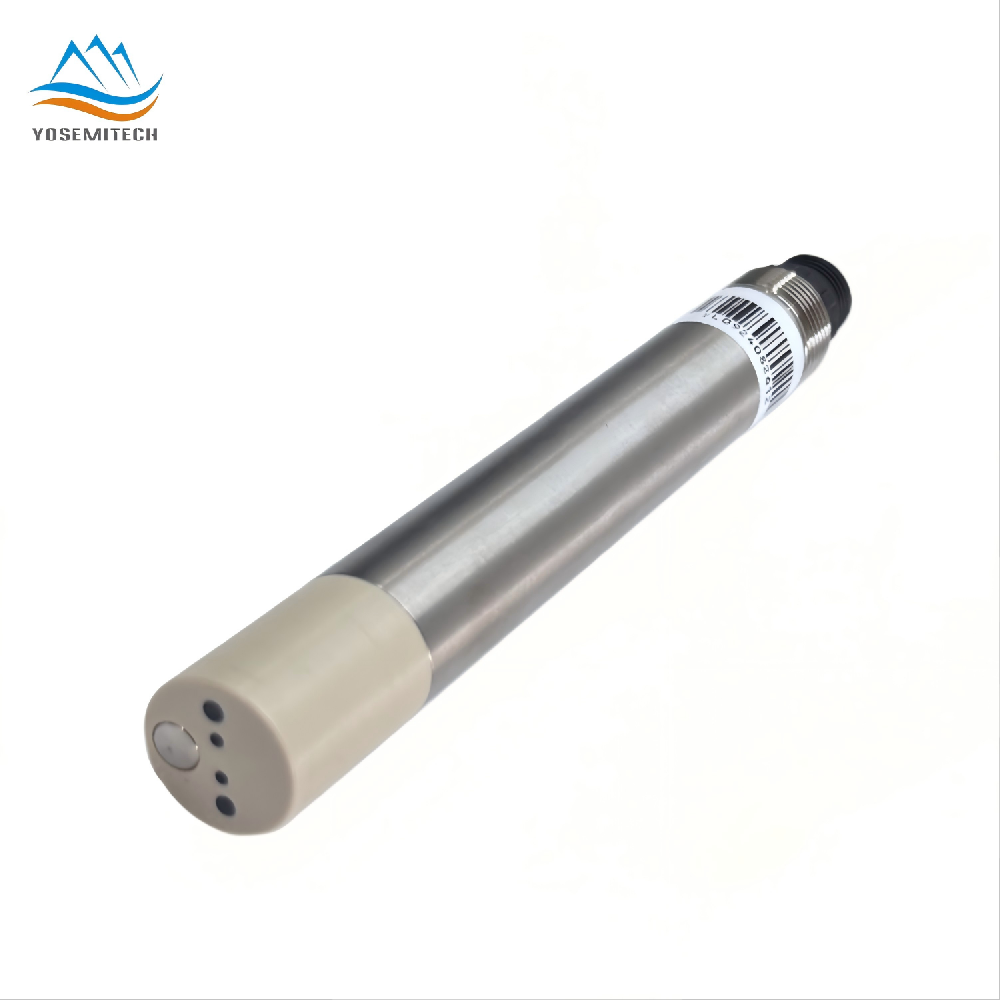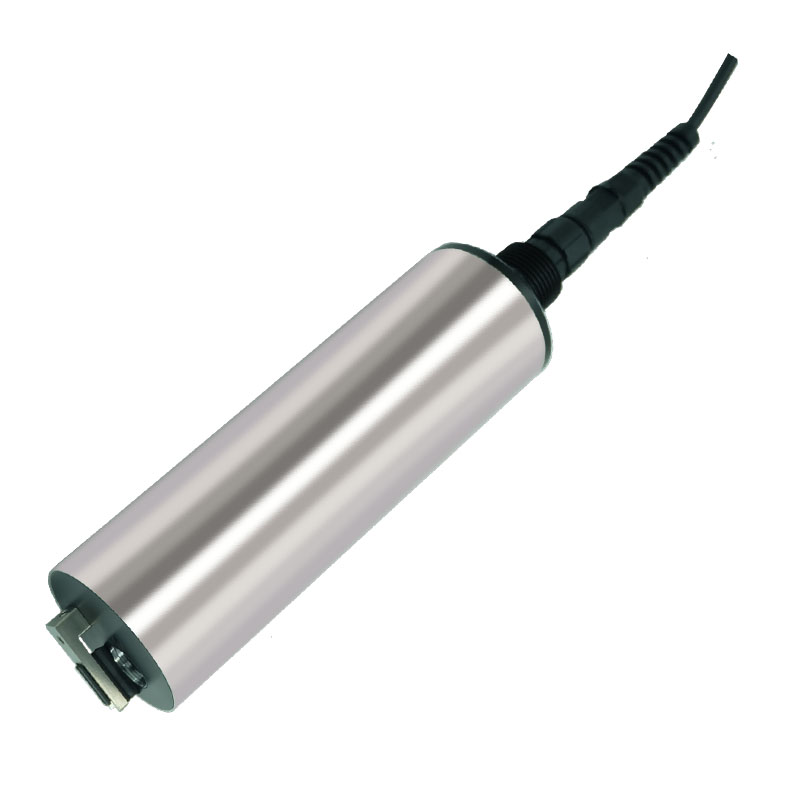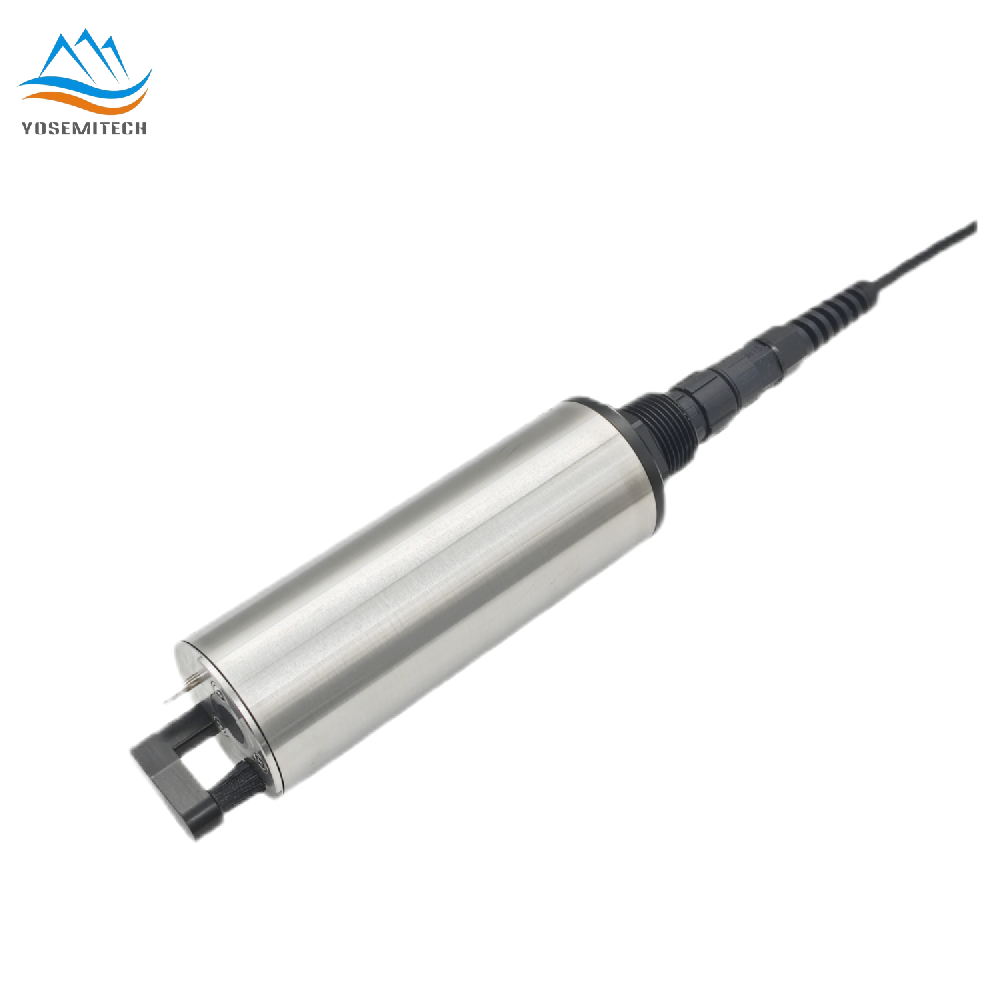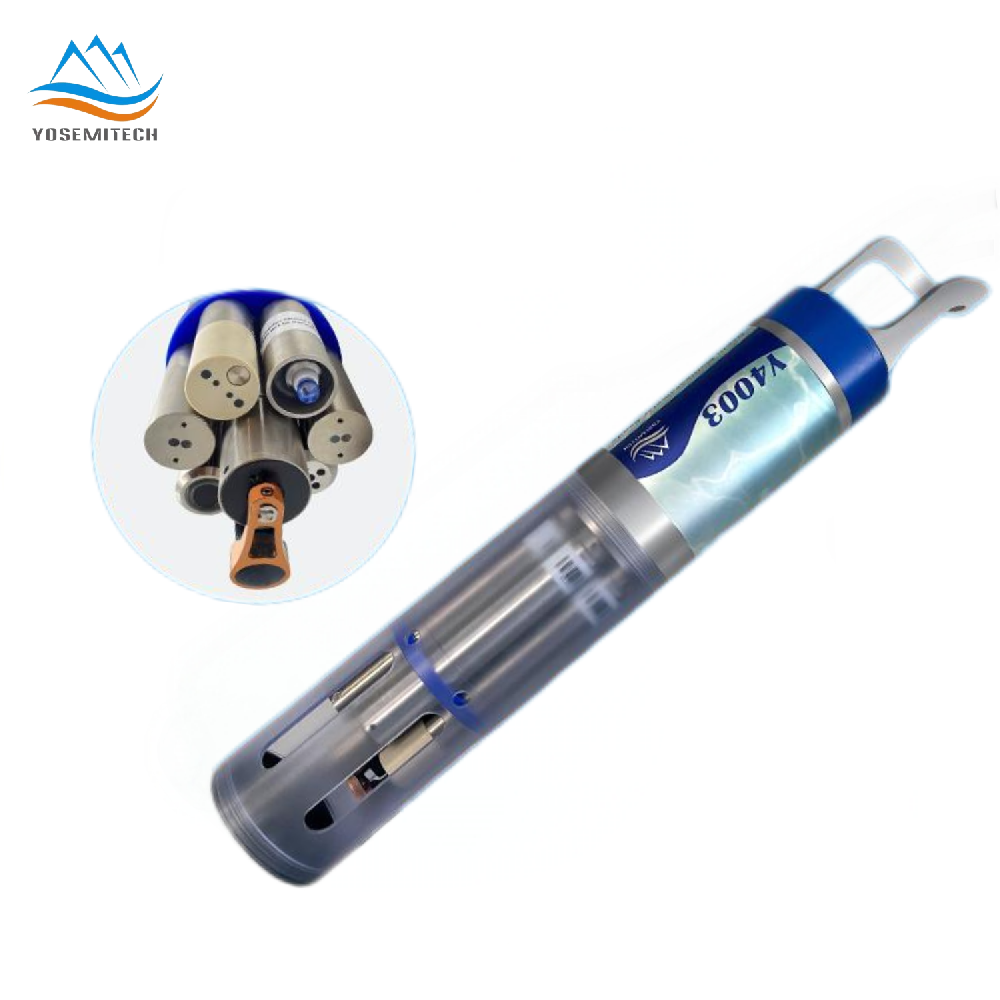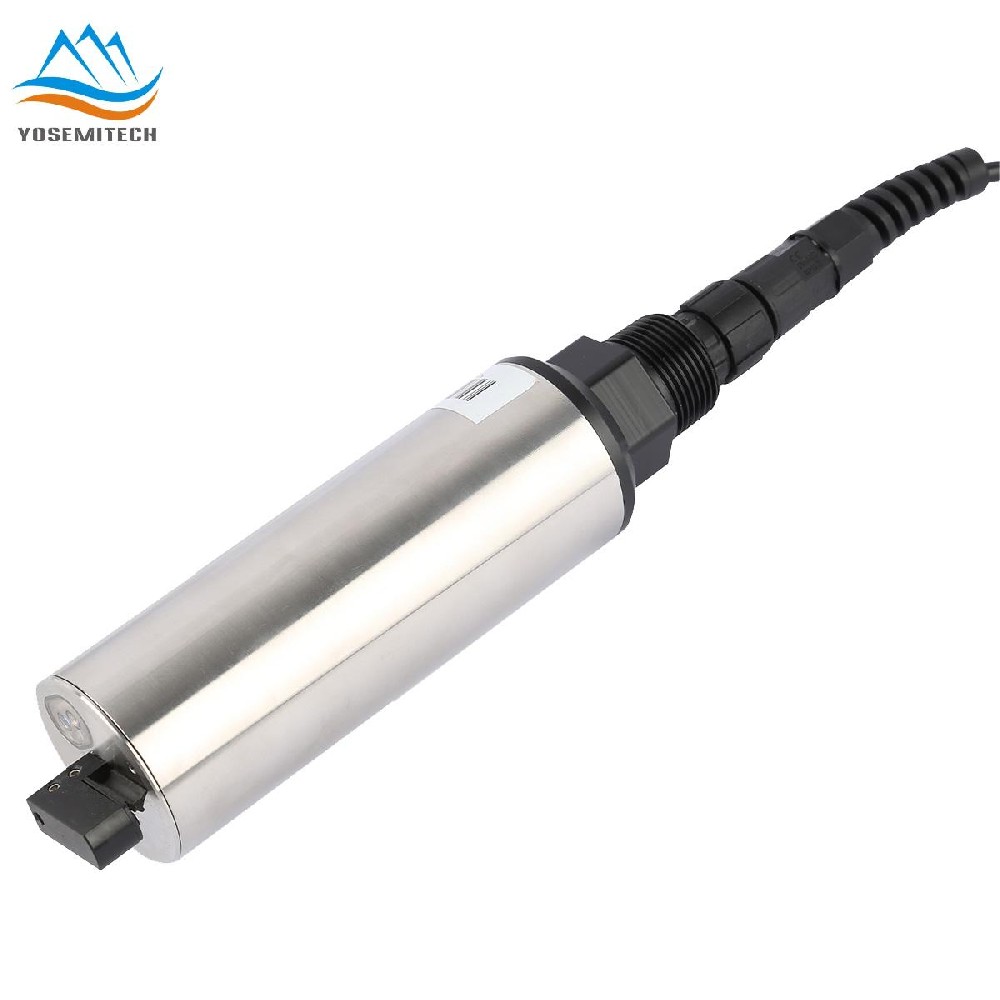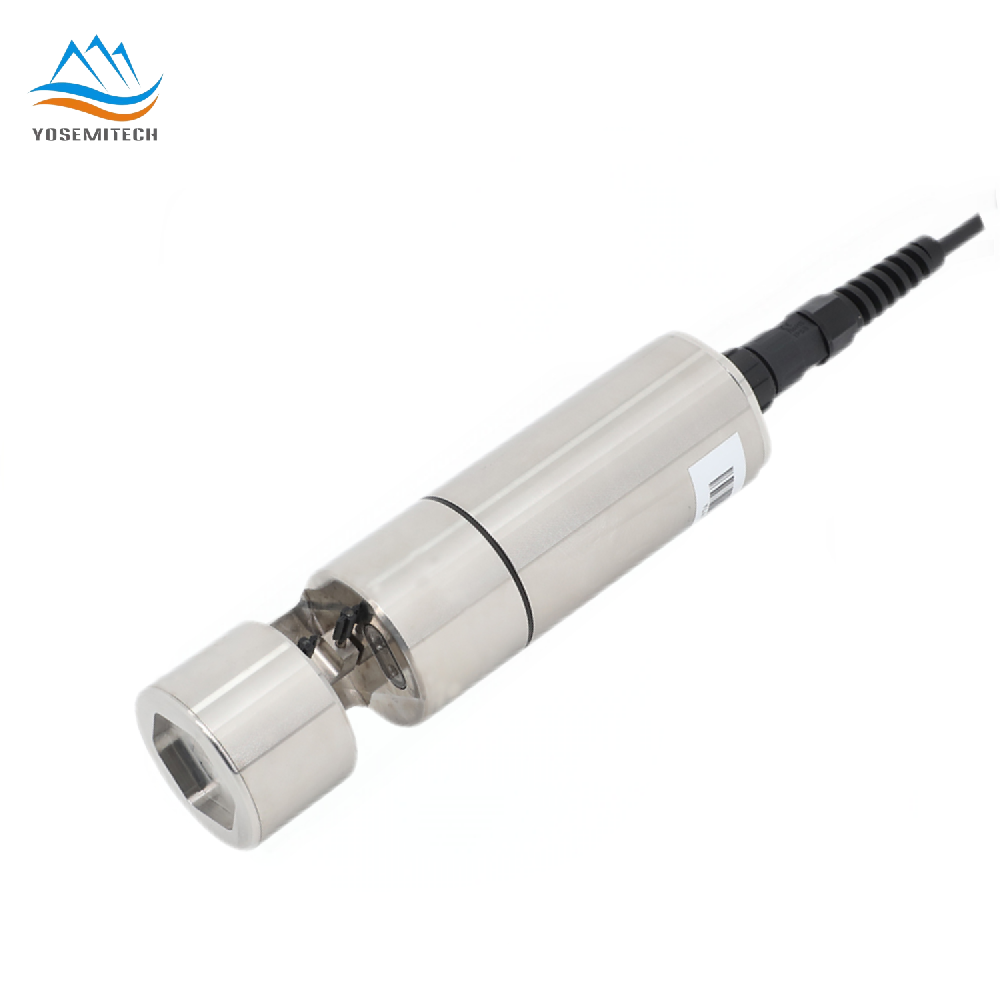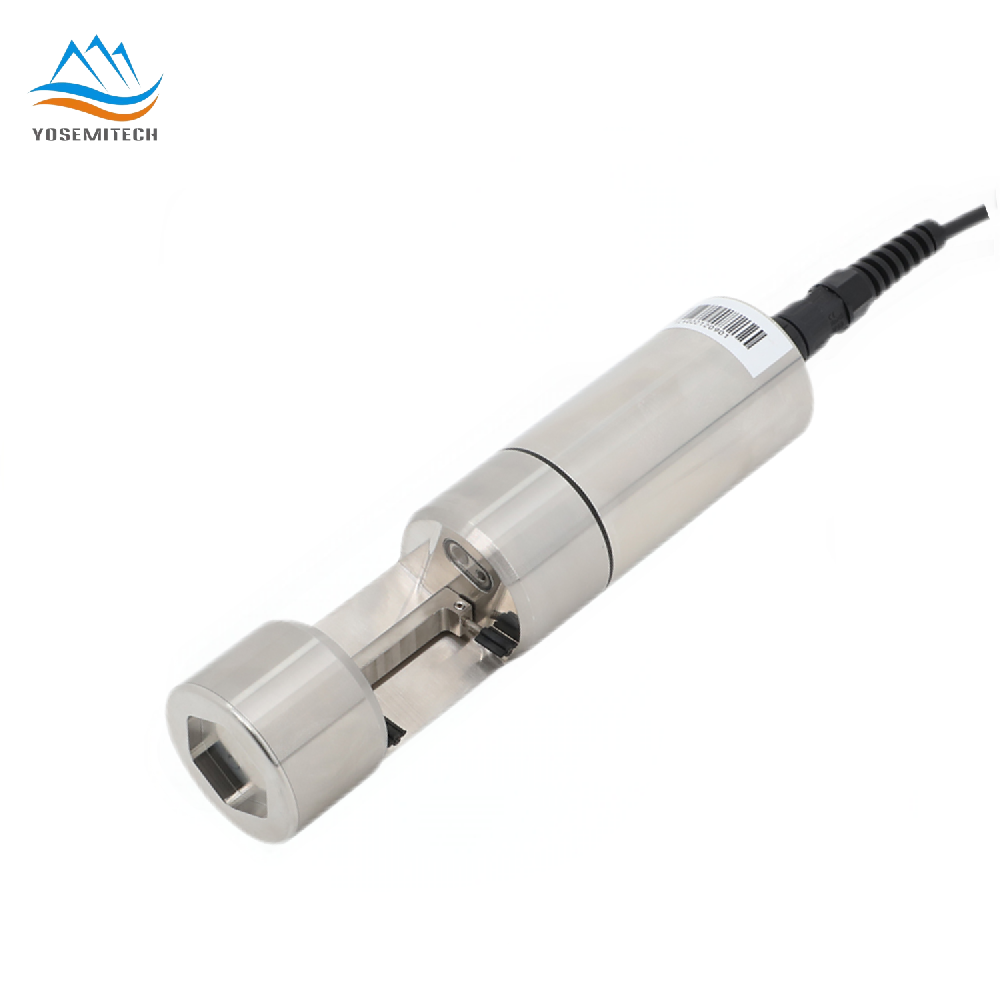Industry news
Does Chlorine Increase or Decrease Pool pH? Facts You Should Know
Writer: admin Time:2024-09-12 16:28:04 Browse:2841℃
I. Introduction
II. Understanding Pool pH
A. Definition of pH and its scale
B. Ideal pH range for swimming pools
C. Effects of high and low pH on pool water and swimmers
III. How Chlorine Affects Pool pH
A. Does chlorine increase or decrease pH?
B. What is the Significance of pH in Free Chlorine Measurement?
IV. How to Measure and Adjusting Pool pH
A. Tools and methods for testing pool pH
B. Steps to increase or decrease pH as needed
C. Importance of regular pH measuring and maintenance
V. How to Balance Pool pH and Chlorine Levels
A. Methods for maintaining balanced pH and chlorine levels
B. The role of other chemicals (e.g., pH increasers, stabilizers)
C. Tips for preventing pH fluctuations
VI. Conclusion
FAQs
A. Can too much chlorine cause low pH?
B. How often should I test my pool's pH?
C. What are the signs of unbalanced pool pH?
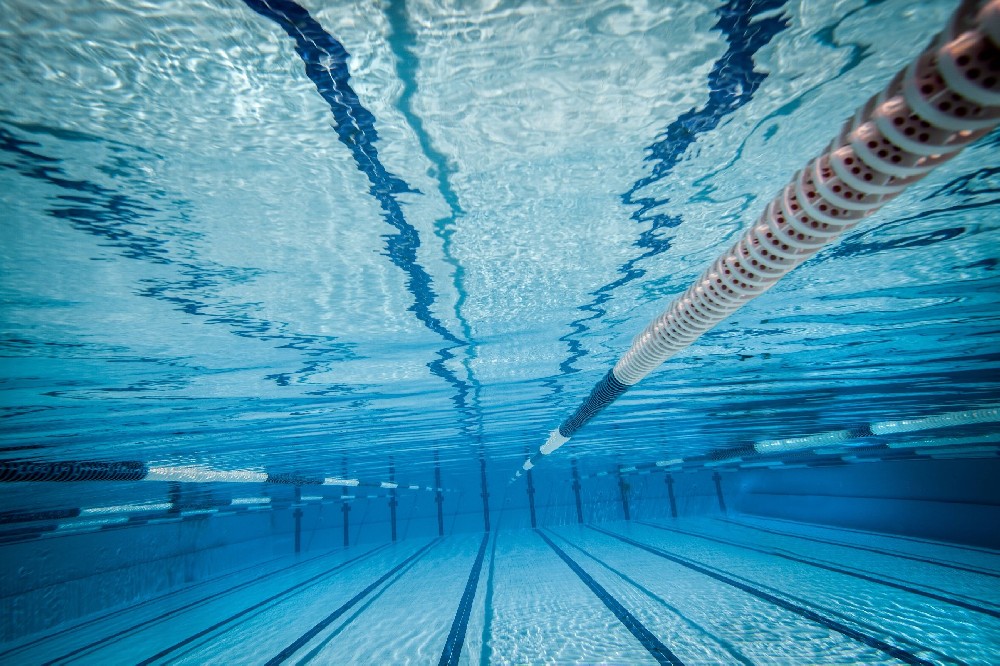
I. Introduction
Maintaining a swimming pool not only should keep its waters crystal-clear but also require keeping its chemical balance balanced as well. One of the key aspects of pool chemistry is pH balance; this has an enormous effect on everything from chlorine effectiveness and swimmer comfort all the way down to comfort levels in your pool. In this comprehensive guide, we explore this relationship between chlorine and pH levels and how to balance pH and chlorine levels that can help you keep your pool in top condition.
II. Understanding Pool pH
A. Definition of pH and its Scale
pH indicates how acidic or basic (alkaline) the pool water is. The pH scale spans from 0 to 14, with 7 being neutral. A pH of less than 7 denotes acidity, and a pH of more than 7 implies alkalinity. Understanding this scale is critical for ensuring that pool water is neither excessively acidic nor too alkaline.
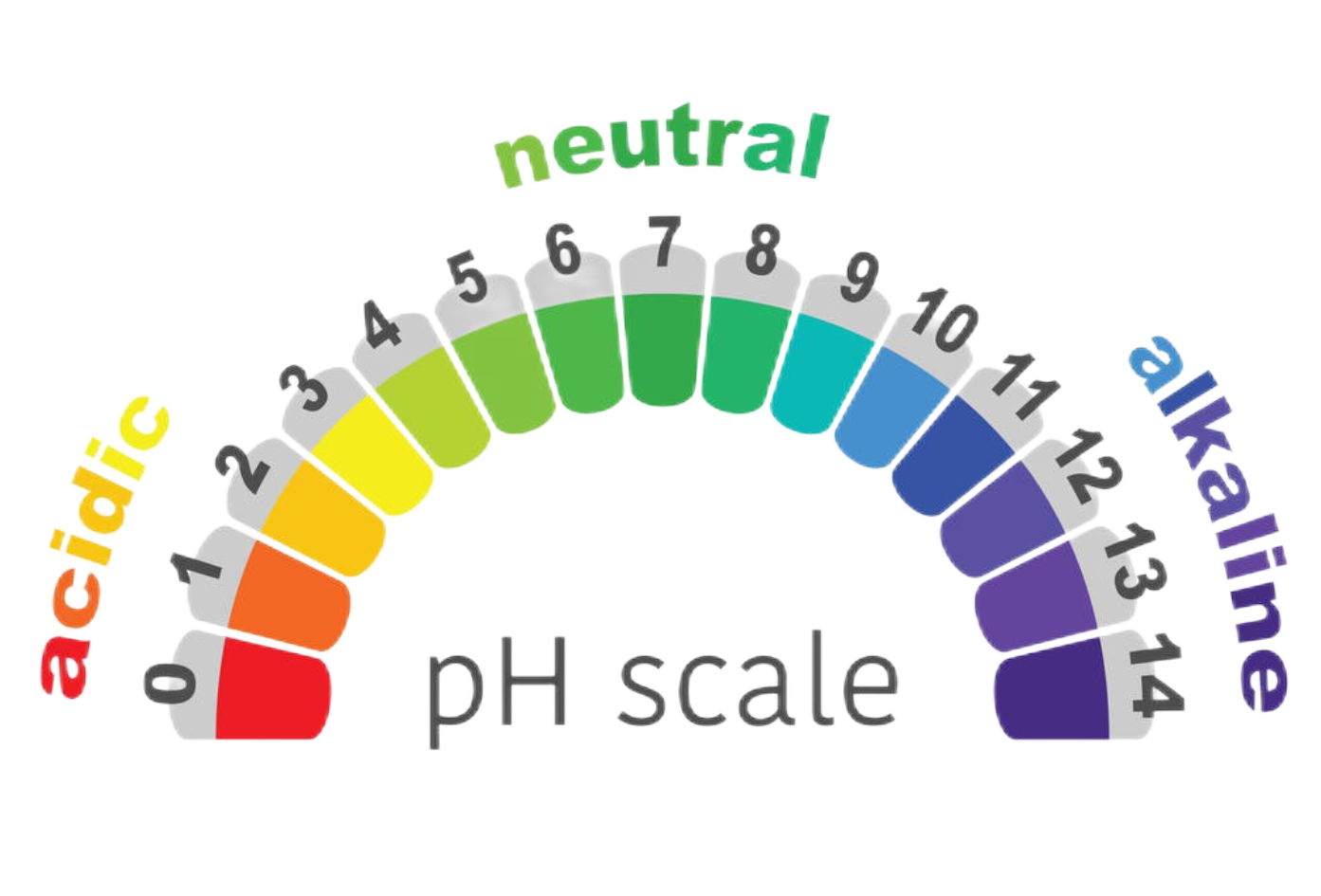
B. Recommended pH Range for Swimming Pools
The optimal pH value for swimming pools is 7.2–7.8. Water in this range is comfortable for swimmers and allows chlorine to function properly. If the pH is too low, the water may irritate the skin and eyes. Conversely, if the pH is too high, chlorine loses effectiveness and the water turns hazy and prone to algae growth.
C. Impacts of high and low pH on pool water and swimmers
High pH (more than 7.8):When the pH is too high, the water becomes hazy and chlorine's efficiency decreases. This can promote algae development and make it harder to keep clear water. Furthermore, high pH might result in scaling on pool surfaces and equipment.
Low pH (less than 7.2): A low pH can cause swimmers' skin and eyes to become irritated. It can also erode pool metal components, including as ladders and handrails, and cause surface damage over time.
III. How Chlorine Affects Pool pH
A. Does chlorine raise or lower pH?
Chlorine is not a pH increaser or decreaser. However, the way chlorine reacts with pollutants in the pool might influence pH levels. When chlorine reacts with ammonia or nitrogen molecules (urea from sweat and urine), it produces chloramines. These chloramines can reduce the pH of pool water. As a result, while chlorine does not directly affect pH, its metabolites can cause pH to fall.
Understanding the interaction between chlorine and pH is essential for maintaining optimal water quality. When chlorine is added to water, it forms hypochlorous acid and hypochlorite ions. This combination, known as free chlorine, is effective in eliminating pathogens. However, the effectiveness of free chlorine is highly dependent on the pH level, with a range between 6.5 to 7.5 being ideal for accurate measurements. At this range, hypochlorous acid is more stable, ensuring effective disinfection and precise readings.
To measure free chlorine accurately, various tools are used, including amperometric analyzers and colorimetric tests. While amperometric analyzers provide precise measurements on a larger scale, colorimetric tests are suitable for quick checks but may not be ideal for real-time results. It's crucial to maintain a stable pH of around 7.0 for precise amperometric readings, as higher pH levels can reduce the concentration of hypochlorous acid, compromising measurement accuracy.
In practical terms, monitoring chlorine and pH levels helps ensure water safety, whether for swimming pools or drinking water. High chlorine levels can lead to an increase in pH, while chlorine's reaction with pollutants might cause the pH to drop. Understanding these dynamics allows for effective water management and prevents potential issues like corrosion or ineffective disinfection.
B. What is the Significance of pH in Free Chlorine Measurement?
Understanding the role of pH in free chlorine measurement is critical for ensuring water safety. When chlorine is added to water, it transforms into two components: hypochlorous acid and hypochlorite ions. Hypochlorous acid is particularly effective at disinfecting water by neutralizing harmful pathogens.
However, the efficiency of hypochlorous acid is heavily influenced by the water's pH level. At higher pH levels, the concentration of hypochlorous acid decreases, which can lead to less effective disinfection and inaccurate readings when using amperometric methods for measuring free chlorine. These devices typically pinpoint the presence of hypochlorous acid to gauge chlorine levels.
For optimal measurement accuracy, maintaining a pH level close to 7.0 is advisable. This balance helps to stabilize the concentration of hypochlorous acid, allowing for more precise readings. Consistent pH levels are therefore essential to ensure the reliability of the measurements and the overall safety of the water.
IV. How to Measure and Adjust Pool pH
A. Instruments and Methods to Test Pool pH
There are various tools to use for measuring pH, including:
pH Test Strips: These are dipped in pool water and compared to a color chart to determine the pH level.
Liquid Test Kits: These kits require applying drops of reagent to a water sample and comparing the color change to a chart.
Digital pH Sensor: These sensors provide a highly accurate reading of the pH level.
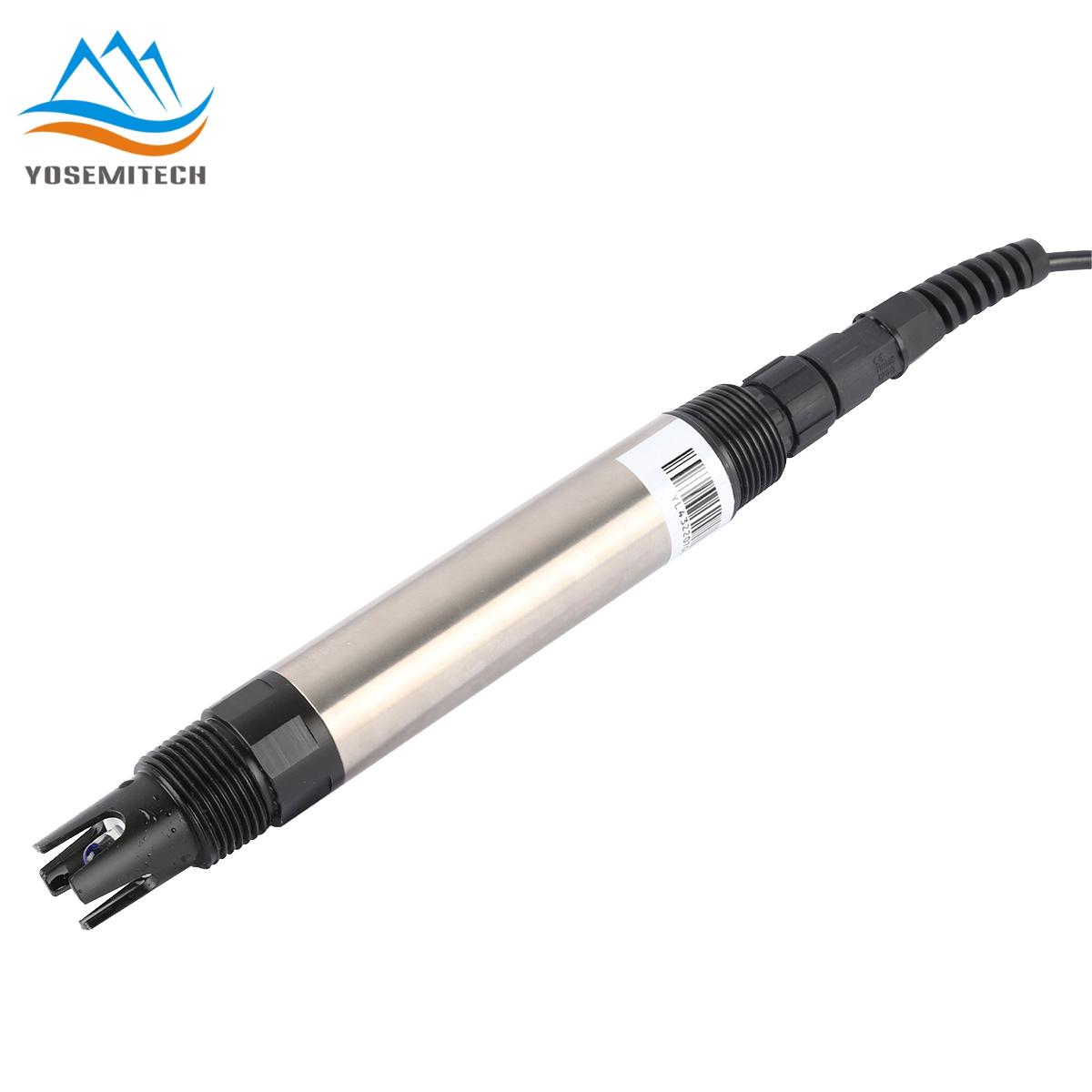
https://e.yosemitech.com/pH/Y532-A.html
B. How to Adjust pH levels as Needed
Increasing pH: If the pH is too low, use a pH increaser, such as sodium carbonate (soda ash). To ensure fair distribution, slowly add the increaser while the pump is running.
Lowering pH: If the pH is too high, you can apply a pH reducer like sodium bisulfate. Again, apply the chemical slowly while the pump is operating.
C. The significance of regular pH measurement and maintenance.
Regular pH measurements and adjustments are required to maintain a healthy pool environment. It is advised that the pH be tested at least twice a week during the swimming season. This ensures that the water remains comfortable for swimmers and that chlorine can perform its functions adequately.
V. How to Balance Pool pH and Chlorine Levels
A. Methods for Maintaining Balanced pH and Chlorine Levels
Regular Measuring: Test the pH and chlorine levels regularly to catch any imbalances early.
Gradual Adjustments: Make adjustments to pH and chlorine levels gradually to avoid shocking the pool system.
Proper Chlorination: Use the appropriate type and amount of chlorine for your pool size and bather load.
video from @SwimUniversity
B. The Function of Other Chemicals (e.g., pH Increasers, Stabilizers)
pH Increasers/Decreasers: As previously stated, these aid in bringing the pH back into the proper range.
Chlorine Stabilizers (Cyanuric Acid): These prevent chlorine from being degraded by ultraviolet light from the sun, allowing it to remain longer.
Algaecides and clarifiers: These products help to control algae development and increase water clarity.
C. Tips for Preventing pH Fluctuations
Maintain Proper Water Levels: Ensure the pool water level is at the recommended height to prevent overflow or evaporation, which can affect pH.
Minimize Contaminants: Reduce contaminants like sweat and oils by encouraging swimmers to shower before entering the pool.
Regular Maintenance: Stick to a regular maintenance schedule to catch and correct imbalances before they become significant issues.
VI. Conclusion
Understanding the relationship between chlorine and pH is critical to maintaining a safe, pleasant, and healthy swimming environment. While chlorine does not directly increase or decrease pH, its interactions with pollutants may lead to pH changes.
FAQs
A. Can too much chlorine cause low pH?
Yes, excess chlorine can cause low pH levels. When chlorine combines with impurities like as sweat and oils, it produces acids that reduce the pH. As a result, it is critical to utilize the appropriate amount of chlorine for your pool's size and bather population.
B. How Frequently Should I Measure My Swimming Pool's pH?
Throughout the swimming season, you should test the pH of your pool at least twice a week. If you observe any substantial changes in water clarity or comfort, check the pH more frequently.
C. What Are the Signs of an Unbalanced Pool pH?
Signs of an imbalanced pH are:
High pH causes cloudy water, decreased chlorine efficiency, and scaling on pool surfaces.
Low pH causes skin and eye irritation, metal corrosion, and increased acidity.
By being watchful and making regular modifications, you can keep your pool a refreshing and safe haven for you and your family to enjoy.
CATEGORIES
CONTACT US
Yosemitech Technologies Co., Ltd
 +86 19984844080
+86 19984844080
 sales@yosemitech.com
sales@yosemitech.com
 Bldg,25,CECEP Industrial Park, No. 18 Dongchang Rd. Suzhou Industrial Park, Jiangsu Province,China 215126, China
Bldg,25,CECEP Industrial Park, No. 18 Dongchang Rd. Suzhou Industrial Park, Jiangsu Province,China 215126, China
